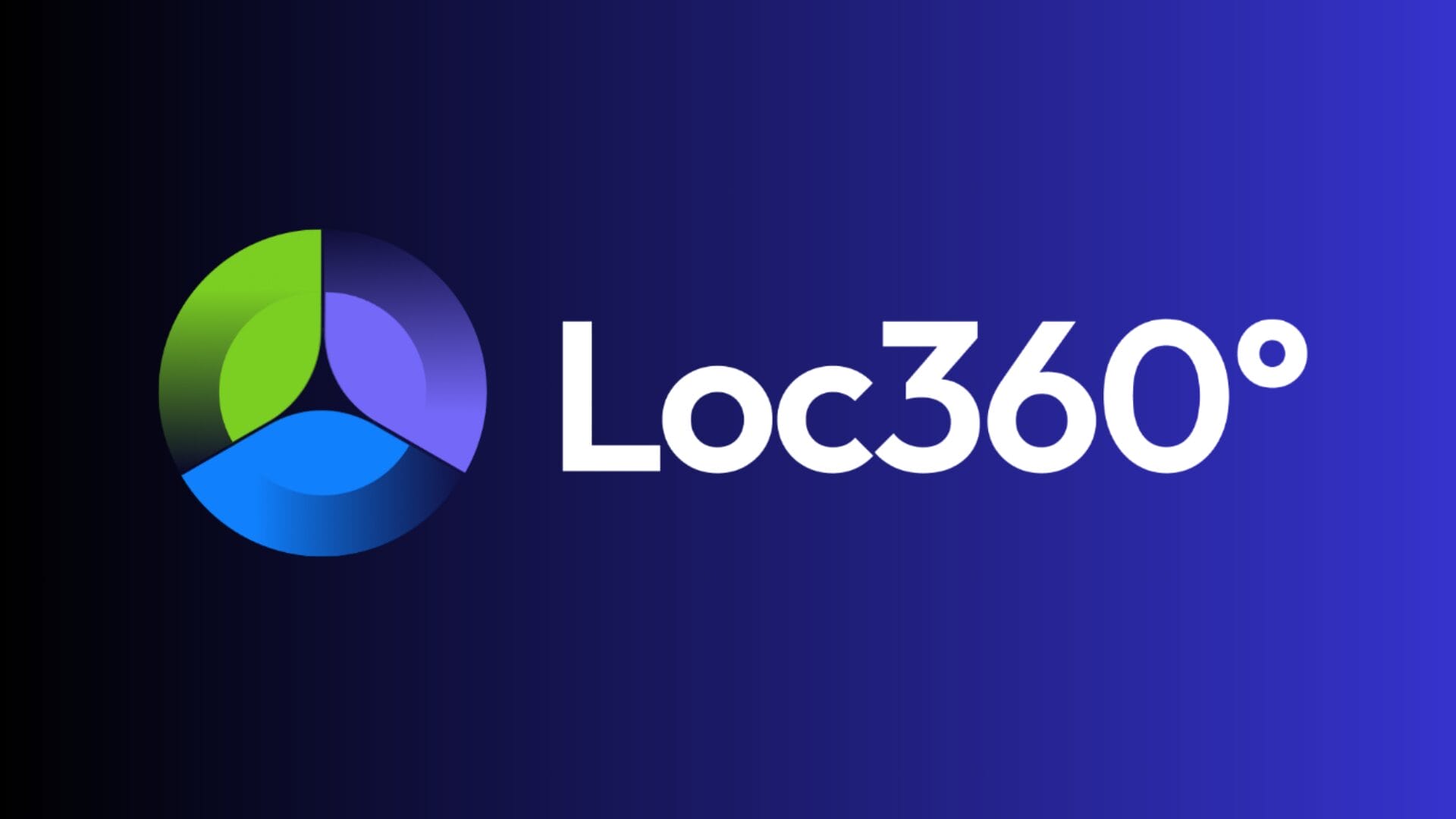The new reality of language access in healthcare
This is the first article in our multi-part series on how modern healthcare providers can meet the updated language access requirements of ACA Section 1557. As of July 2024, new federal rules are transforming how hospitals, clinics, and health systems must support patients with Limited English Proficiency (LEP).
In this opening post, we’ll unpack what’s changed, why it matters, and how you can prepare. Future posts will dive deeper into compliance strategies, real-world solutions, and tools to help you streamline language access without overwhelming your team.
If you work in healthcare, you know how critical clear communication is. When patients can’t fully understand their doctors, prescriptions, or medical paperwork, it doesn’t just cause confusion—it can lead to misdiagnoses, delayed treatments, and poor health outcomes. That’s exactly why language access is such a big deal.
And now, it’s no longer just a best practice—it’s the law.
As of July 5, 2024*, healthcare providers and organizations that receive federal funding must follow new, stricter language access requirements under Section 1557 of the Affordable Care Act (ACA). These regulations aim to eliminate language barriers, ensuring that people with Limited English Proficiency (LEP) get the care they need—without confusion, delay, or risk.
(*While the final rule became effective on July 5, 2024, certain provisions have extended compliance deadlines. Specifically, covered entities with fewer than 15 employees have until July 5, 2025, to comply with Section 1557 requirements. Larger organizations are expected to comply by the initial effective date.)
So, what does this mean for you?
If your organization accepts Medicare, Medicaid, or other federal funding, you’re legally required to provide qualified interpreters, accurate translations, and effective communication for LEP patients. And it’s not enough to simply “do your best”—there are specific steps you need to take to comply.
This guide will break it all down for you—what’s changing, what’s required, and most importantly, how you can make compliance easier using modern language technology, AI-powered translation tools, and streamlined processes.
Why section 1557 matters now more than ever
Healthcare discrimination laws have been around for a while, but language barriers have remained a huge issue. Millions of people in the U.S. don’t speak English fluently, and for them, navigating the healthcare system can feel impossible.
The latest 2024 update to Section 1557 strengthens protections for these individuals by requiring that healthcare providers:
- Offer free, timely, and high-quality language assistance services
- Use only qualified interpreters and translators (no more relying on family members or untrained staff)
- Ensure that AI-powered translations are reviewed by a human expert
- Make vital healthcare information available in multiple languages
- Not following these rules doesn’t just put patients at risk—it puts your organization at risk too. Failing to comply can lead to lawsuits, federal penalties, and even loss of funding.
Disclaimer
This guide is for informational purposes only and does not constitute legal, medical, or regulatory advice. While we strive to provide accurate and up-to-date information, compliance with ACA Section 1557 and other healthcare regulations requires careful interpretation of the law and professional guidance.
Healthcare providers and organizations should consult with qualified legal counsel, compliance specialists, or medical professionals before implementing any language access policies or strategies. Phrase does not provide legal, medical, or clinical advice, and reliance on the information in this guide is at your own risk.
The big changes you need to know (Effective July 2024)
1. “Meaningful Access” is now a legal standard
If your patients can’t fully understand their healthcare provider, they’re not getting “meaningful access” to care. Under the new law, providers must take reasonable steps to ensure every patient gets language assistance at no cost.
Common scenarios where this applies:
- A patient picking up a prescription—They must be able to read and understand dosage and side effects.
- An ER visit—A patient must understand what’s happening, even in high-pressure situations.
- Applying for health insurance—Patients must be able to navigate forms and policies.
- A doctor’s appointment—They must have access to an interpreter if needed.
Providers can’t assume that just because someone speaks “some” English, they don’t need help.
2. Only qualified interpreters and translators can be used
Gone are the days of relying on bilingual staff, family members, or Google Translate. The new law requires qualified professionals for both spoken and written language services.
- Qualified interpreters must be fluent in both English and the patient’s language, trained in medical terminology, and follow confidentiality standards.
- Qualified translators must ensure written medical materials are accurate, clear, and culturally appropriate.
Simply put—no more ad-hoc solutions.
3. Machine translation must be verified by a human expert
AI-powered translation tools are great, but they aren’t perfect. If an organization uses machine translation (MT) to translate vital documents, a qualified human translator must review and correct the content before it’s given to a patient.
Why? Because mistakes in medical translations can be dangerous. Imagine a mistranslation on a prescription label or surgical consent form—the consequences could be life-threatening.
The bottom line: AI is a tool, not a solution. You still need human oversight to ensure accuracy.
4. Websites and digital content must be multilingual
Patients must be able to find translated healthcare information online. This means organizations need to:
- Post in-language webpages—Not just a link to a Google translation.
- Provide translated vital documents—Forms, policies, and patient instructions must be available in the most commonly spoken languages.
- Ensure LEP patients can easily access info about language assistance services.
This applies to all digital touchpoints—from patient portals to appointment scheduling platforms.
Why compliance can be a challenge
While these updates are well-intentioned, compliance can feel like a logistical nightmare for healthcare organizations, especially when:
- Staff aren’t trained on language access laws.
- Interpreters and translators are expensive and hard to schedule.
- Machine translation isn’t always reliable without human review.
- Telehealth and digital platforms aren’t optimized for multiple languages.
Many hospitals and clinics currently rely on third-party interpreting services like Martii, Jeenie, and Boostlingo, which provide remote medical interpreters. While helpful, these solutions don’t address website translation, AI-assisted workflows, or patient self-service tools.
That’s where modern localization solutions—like Phrase—can make a real impact.
What’s next?
In the next section, we’ll look more closely at:
- How to choose the right language access solutions for 2025
- Step-by-step strategies for full compliance
- How healthcare providers can track success and meet HHS standards
- Practical tools and resources to simplify the process
Staying compliant doesn’t have to be overwhelming—with the right approach, you can meet regulatory requirements while improving patient experience and outcomes.
The “Meaningful Access” mandate: What it really means for healthcare providers

If there’s one phrase healthcare organizations need to remember from the new ACA Section 1557 updates, it’s “meaningful access.”
This isn’t just a guideline—it’s the legal standard for providing language assistance to Limited English Proficient (LEP) individuals.
Let’s break down exactly what this means, why it matters, and how your organization can stay compliant.
What is “Meaningful Access”?
Under the new rule, meaningful access means that every LEP individual must be able to fully understand and engage with their healthcare experience—just like an English-speaking patient would.
It’s not enough to “get by” with broken English or guesswork.
Patients must fully understand their diagnosis, treatment options, medications, and paperwork.
Organizations must provide clear, timely, and accurate language assistance—free of charge.
And here’s where it gets serious: If a language barrier prevents a patient from receiving proper care, that’s considered discrimination under federal law.
Who is considered an LEP individual?
A Limited English Proficient (LEP) individual is someone whose primary language is not English and who has difficulty reading, writing, speaking, or understanding English well enough to navigate their healthcare experience.

This doesn’t just apply to non-English speakers—it includes individuals who might be able to hold a conversation in English but struggle with complex medical terminology.
For example, a patient might be comfortable ordering a coffee in English but not be able to fully understand:
– Discharge instructions after an ER visit
– How to properly take a new medication
– A consent form before surgery
That’s why assuming a patient “knows enough English” can be dangerous
To be clear, while the Department of Health and Human Services (HHS) defines “meaningful access” as taking reasonable steps to provide timely, accurate, and effective communication to LEP individuals. While failure to provide such access can be considered discriminatory, the emphasis is on the reasonableness and effectiveness of the steps taken, considering factors like the entity’s resources and the nature of the communication.
When is language access absolutely essential?
While all healthcare interactions should meet language access requirements, there are some situations where the risks of miscommunication are especially high.
1. Emergency Room (ER) visits
In a high-pressure ER environment, every second counts—and language barriers can be life-threatening.
- A patient with chest pain may struggle to describe symptoms accurately.
- A doctor might misinterpret a patient’s allergy history.
- A consent form for an urgent procedure might not be fully understood.
To comply with Section 1557, ERs must have qualified medical interpreters available 24/7—either in person or via video/phone services.
2. Prescription pickup and medication instructions
Misunderstood medication instructions can lead to serious health risks, including:
- Overdosing or taking the wrong dosage.
- Dangerous drug interactions that a patient doesn’t understand.
- Skipping essential medication due to confusion or fear.
Pharmacies must provide translated labels, medication guides, and access to interpreters when needed.
3. Doctor’s office or telehealth appointments
Every conversation between a provider and an LEP patient needs accurate communication.
- A patient might not fully understand a diagnosis or the severity of a condition.
- They might miss important lifestyle recommendations that could prevent complications.
- A doctor might assume a patient understands follow-up care when they actually don’t.
This applies to telehealth visits as well—providers must ensure language services are just as accessible online as they are in person.
4. Signing Up for health insurance or applying for benefits
The complexity of healthcare paperwork can be overwhelming—even for native English speakers.
For LEP individuals, understanding insurance options, Medicaid/Medicare applications, and financial assistance programs can be nearly impossible without language support.
Healthcare organizations must provide translated materials and in-language assistance to ensure equitable access.
How machine translation fits into the new rules
Artificial Intelligence (AI) and machine translation (MT) tools have come a long way—but they are still not sufficiently compliant for critical healthcare content.
The new ACA rules require that all machine-translated content be reviewed by a qualified human translator.
There are several reasons for this:
- Medical terms can be mistranslated, leading to confusion or serious health risks.
- Tone and meaning can be lost, especially with complex medical explanations.
- Different dialects matter—a machine might not recognize regional language differences.
When can AI translation be used?
✅ For general, non-critical content—basic website pages, educational materials, or appointment reminders.
✅ For internal use—helping a provider get a basic understanding of a patient’s language needs before engaging a human interpreter.
When AI translation MUST be reviewed by a human:
❌ Medical consent forms
❌ Discharge instructions
❌ Prescription labels and medication guidelines
❌ Emergency communication
❌ Any document that directly affects a patient’s care
If a healthcare organization relies on AI alone for translating critical documents without human review, they are breaking the law and putting patients at risk.
The regulations do acknowledge the utility of machine translation tools however, and Machine Translation can be used for less critical content, but vital documents—such as those pertaining to medical care, consent forms, and patient rights—must involve human translation to ensure accuracy and cultural appropriateness.
While the use of qualified interpreters and translators is mandated, the regulations also allow for the use of bilingual staff if they meet the qualifications outlined by HHS, including proficiency in both languages, knowledge of medical terminology, and adherence to confidentiality standards. Family members or friends should not be used as interpreters except in specific circumstances, such as emergencies.
Making meaningful access work in the real world
So, how can healthcare organizations meet these new standards without adding excessive administrative burdens?
The good news is—modern technology and smart integrations can make compliance much easier.
Here’s what successful organizations are doing:
- Using a mix of qualified human translators and AI-powered translation tools for efficiency.
- Integrating language access into their EHR (Electronic Health Records) and telehealth platforms.
- Partnering with modern interpretation services that provide on-demand video and phone interpreters.
- Automating website and document translation workflows to keep up with changing regulations.
For example, Phrase provides end-to-end translation solutions that can help organizations streamline compliance while keeping costs down. With AI-powered workflows, human review checkpoints, and easy integration into existing healthcare platforms, organizations can meet these new language requirements without overwhelming their teams.
What’s next?
Now that you understand what “meaningful access” means and how to avoid compliance pitfalls, the next step is to explore the best language access solutions available in 2025. In part two of this series, we’ll look at:
- Which medical interpretation services are the best fit for your organization?
- How can you integrate translation tools into your existing systems?
- What strategies make compliance easier—and more cost-effective?
Read part 2
Learn about specific language access tools and services that can help you meet ACA Section 1557 requirements
Learn how Phrase can support your multilingual compliance efforts
Disclaimer
This guide is for informational purposes only and does not constitute legal, medical, or regulatory advice. While we strive to provide accurate and up-to-date information, compliance with ACA Section 1557 and other healthcare regulations requires careful interpretation of the law and professional guidance. Healthcare providers and organizations should consult with qualified legal counsel, compliance specialists, or medical professionals before implementing any language access policies or strategies. Phrase does not provide legal, medical, or clinical advice, and reliance on the information in this guide is at your own risk.






